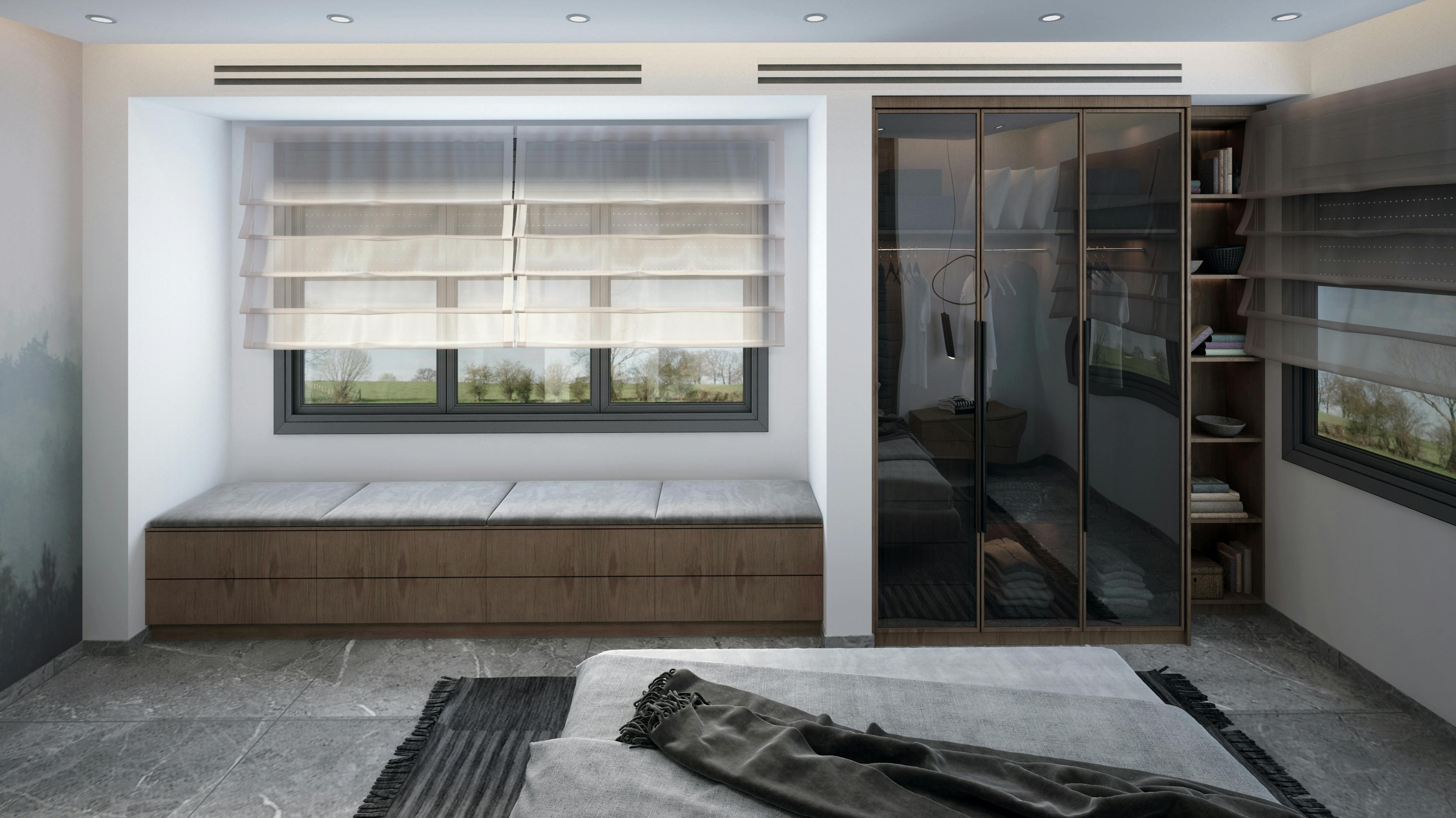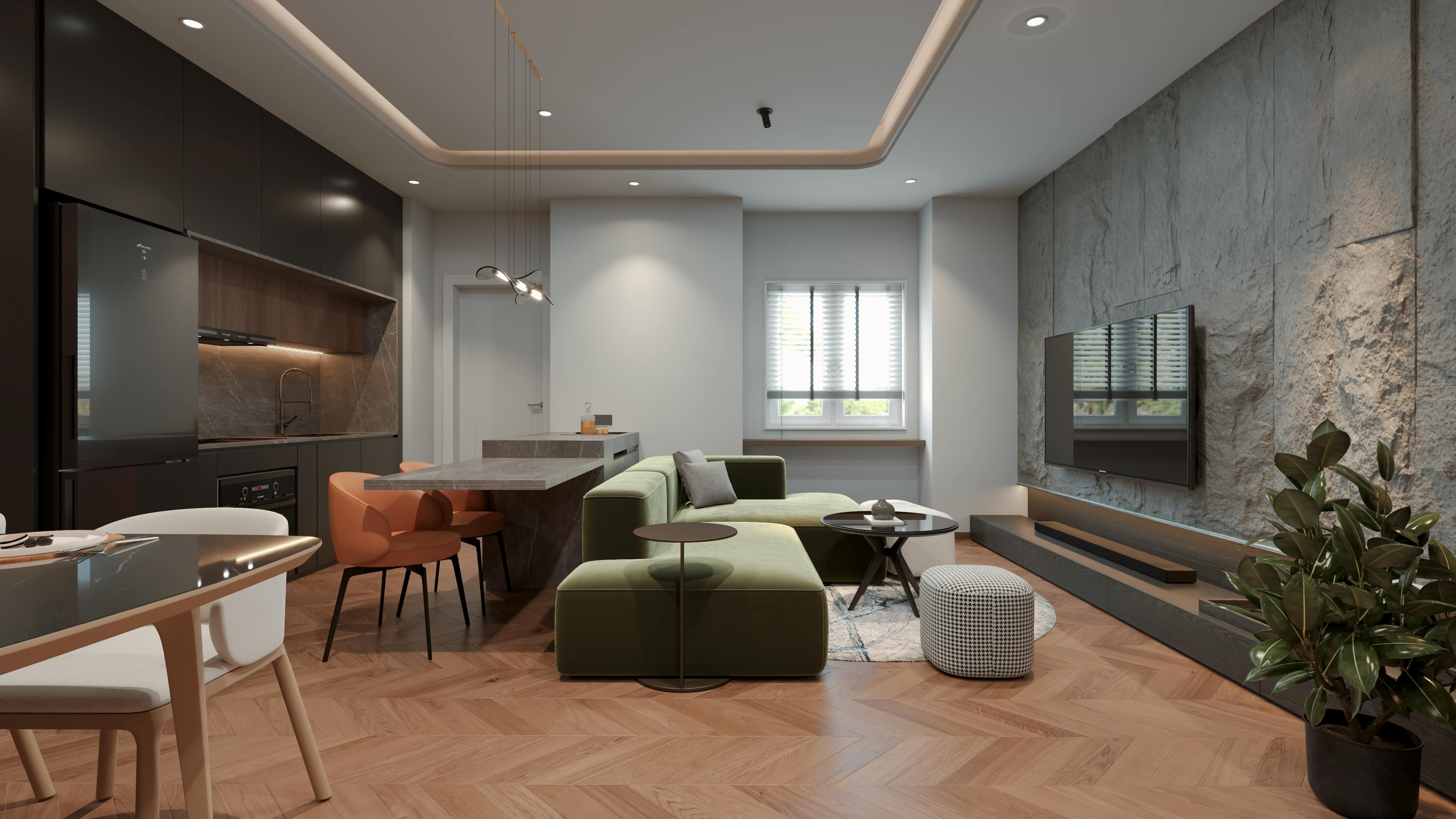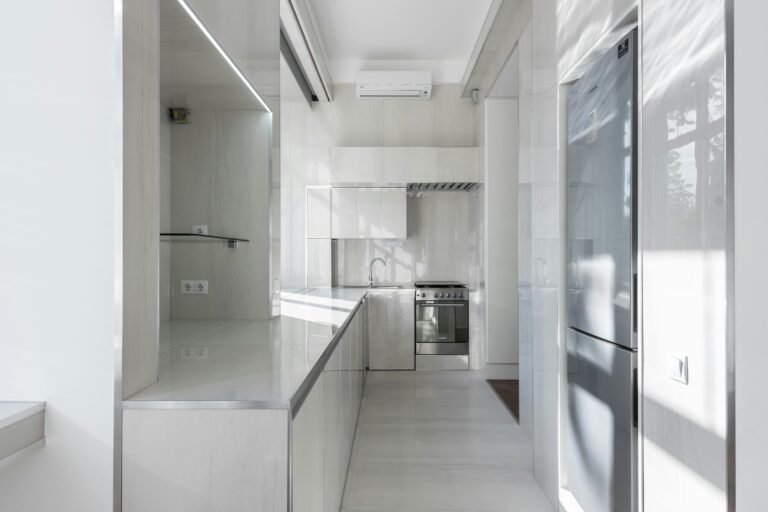Gone are the days when children’s rooms meant cartoon wallpaper and plastic furniture that would be outgrown within years. Today’s affluent families are investing in sophisticated family sanctuaries that honor both childhood wonder and architectural integrity. The challenge? Creating spaces that stimulate young minds while maintaining the elevated design standards expected in luxury homes. Traditional approaches often fall short, resulting in rooms that feel either too juvenile for the home’s aesthetic or too adult for genuine childhood joy. The most visionary designers of 2026 have cracked this code, transforming children’s wings and nurseries into heirloom-quality sanctuaries that grow with families while seamlessly integrating educational elements that nurture development. These aren’t just bedrooms—they’re carefully orchestrated environments where luxury meets learning, where custom craftsmanship serves both beauty and function.
The renaissance of elevated children’s design philosophy
The luxury children’s design landscape has undergone a dramatic transformation in recent years. Where previous generations relegated children’s spaces to afterthoughts filled with temporary furnishings, today’s discerning families recognize these rooms as foundational to their children’s development and their home’s overall design narrative.
Leading interior designers report a 340% increase in requests for custom children’s furniture and built-in elements since 2024, according to the Architectural Digest Design Index. This shift reflects a deeper understanding that children deserve spaces crafted with the same attention to detail as any other room in a luxury home.

This Photo was taken by RDNE Stock project.
The philosophy behind this renaissance centers on three core principles: longevity, sophistication, and developmental support. Rather than designing for a specific age, visionary designers create adaptable frameworks that evolve with growing children. This approach mirrors the same timeless design principles found in crafting timeless luxury homes, where quality and enduring style take precedence over fleeting trends.
Multi-generational design thinking
The most successful children’s wing transformations embrace multi-generational thinking. Designers like Kelly Wearstler and Steven Gambrel approach these projects as future heirloom spaces, considering how a nursery might transition to a toddler’s exploration zone, then to a school-age study sanctuary, and eventually to a teenager’s retreat.
This forward-thinking approach requires sophisticated material selection and flexible spatial planning. Custom millwork becomes the backbone of these transformations, providing structure that can be reconfigured as needs change. Built-in storage systems accommodate everything from building blocks to textbooks, while maintaining clean lines that complement the home’s overall aesthetic.
Custom craftsmanship as the foundation of family sanctuaries
The hallmark of truly exceptional children’s spaces lies in their custom elements. While mass-produced furniture may serve functional needs, bespoke craftsmanship creates emotional connections that last lifetimes. Today’s luxury children’s rooms feature artisanal elements that rival those found in the finest adult spaces.
| Custom Element | Average Investment | Longevity | Adaptability |
|---|---|---|---|
| Built-in Storage Systems | $15,000-$35,000 | 20+ years | High |
| Handcrafted Beds | $8,000-$22,000 | 15-20 years | Medium |
| Educational Wall Features | $5,000-$18,000 | 10-15 years | High |
| Custom Play Structures | $12,000-$45,000 | 12-18 years | Medium |
Artisanal furniture that grows with children
Master craftsmen are now creating children’s furniture with the same attention to joinery and material selection traditionally reserved for fine adult pieces. Convertible cribs crafted from solid walnut feature hand-cut dovetail joints and can transform into toddler beds, then full-size beds, and eventually into elegant benches or reading nooks.

This Photo was taken by Hiba Q. Omar.
These pieces often incorporate hidden functionality that reveals itself as children mature. A beautifully carved toy chest might conceal electrical connections for future technology needs, while a whimsical bookshelf includes studying surfaces that emerge when academic pursuits become paramount.
Built-in elements that define space and function
The most transformative children’s spaces feature extensive built-in elements that create distinct zones within larger rooms. Custom banquettes provide cozy reading nooks by day and can accommodate sleepovers by night. Floor-to-ceiling storage walls incorporate display areas for treasured collections, hidden compartments for less attractive necessities, and even integrated sound systems for educational programming.
These built-ins often extend the architectural language of the broader home into children’s spaces. Crown moldings, panel details, and material selections echo those found throughout luxury residences, creating visual continuity that elevates these rooms from childish retreats to integral parts of the home’s design story.
Educational integration through thoughtful design
The most forward-thinking children’s spaces go beyond aesthetics to actively support learning and development. This isn’t about cramming educational posters onto walls, but rather integrating learning opportunities into the very fabric of the space through thoughtful design decisions.
Research from the Harvard Graduate School of Education demonstrates that environmental factors significantly impact children’s cognitive development. Luxury designers are translating these findings into practical design solutions that make learning an organic part of daily life.
Interactive walls and surfaces
Magnetic paint hidden beneath elegant wallcoverings transforms entire walls into interactive surfaces. Children can display artwork, manipulate educational materials, or create temporary installations without damaging surfaces. When covered with sophisticated grasscloth or silk wallcoverings, these functional walls maintain the room’s refined aesthetic while providing endless creative possibilities.

This Photo was taken by SCENE DESIGN.
Integrated projection systems can turn walls into immersive learning environments. Constellation maps for astronomy lessons, historical maps for geography study, and interactive art applications provide educational entertainment that rivals any commercial venue. These systems integrate seamlessly with smart home technology, allowing parents to curate age-appropriate content remotely.
STEAM learning through spatial design
Science, Technology, Engineering, Arts, and Mathematics education benefits from hands-on exploration. Luxury children’s spaces incorporate dedicated STEAM zones that encourage experimentation within controlled environments. Custom laboratory tables with integrated storage and ventilation support science projects, while maker spaces with precision-organized tool storage encourage engineering thinking.
Arts integration extends beyond easels and supply storage. Some of the most innovative children’s rooms feature pottery wheels, silk-screening stations, and even small kilns, all designed with the same attention to safety and aesthetics found in professional studios. These elements often hide within elegant cabinetry when not in use, maintaining the room’s sophisticate


